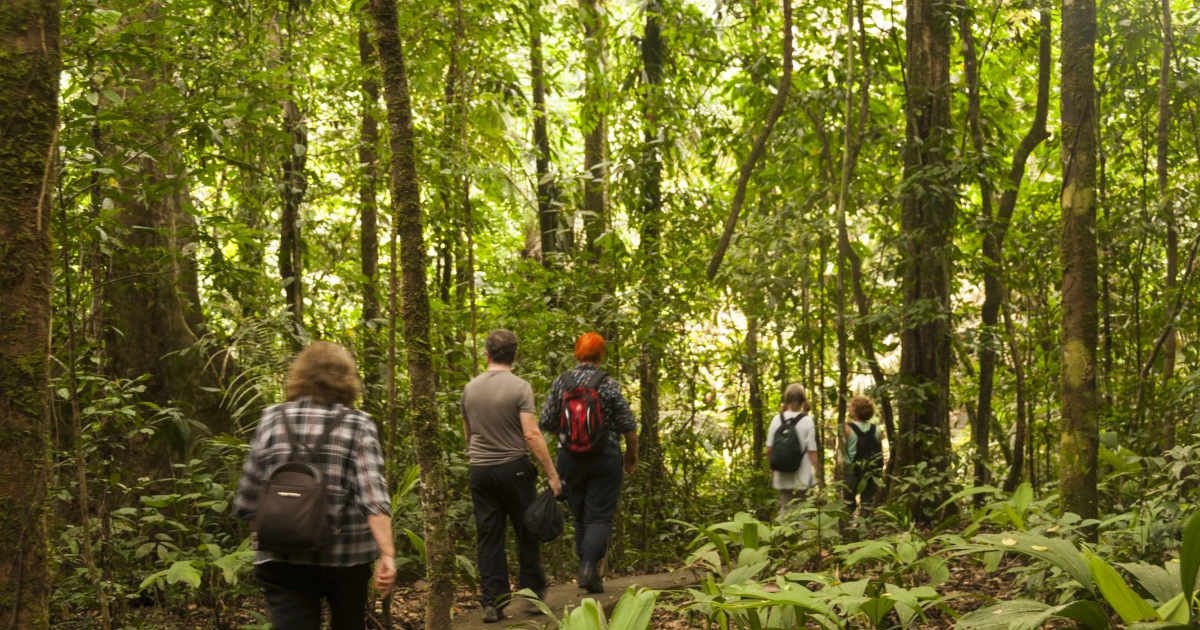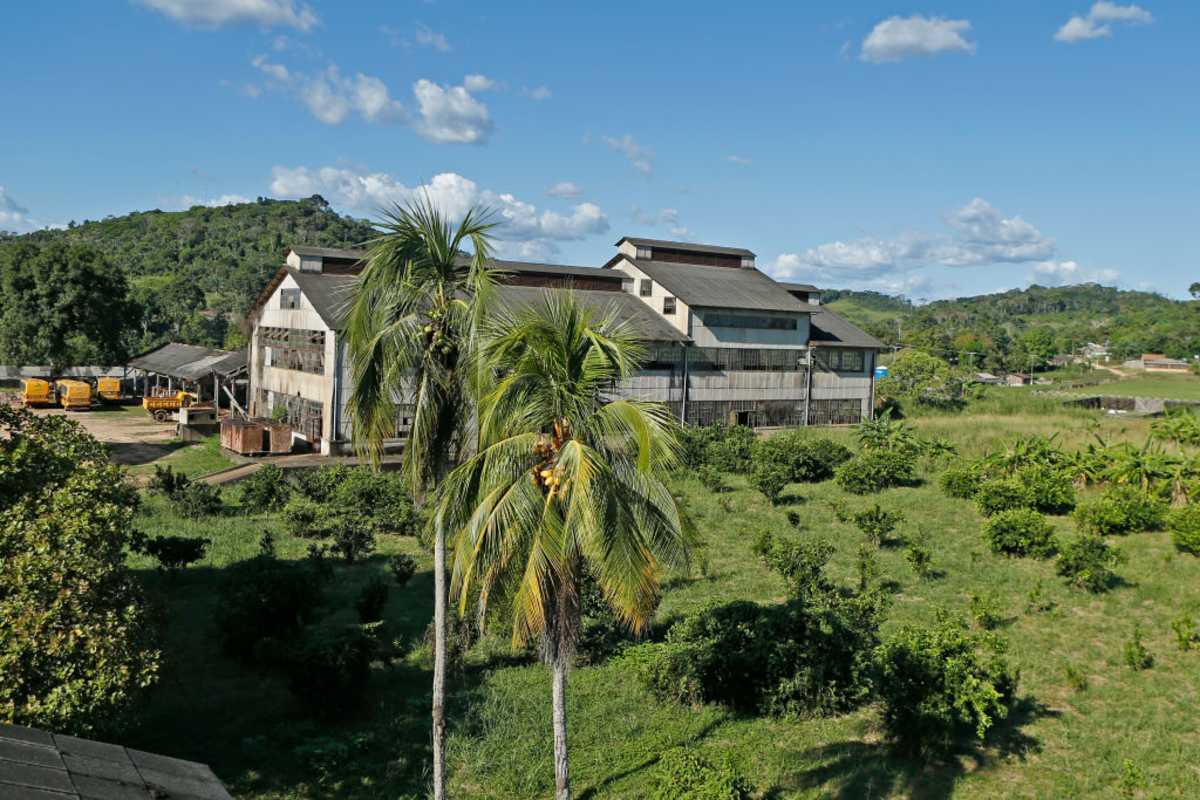Henry Ford Once Tried To Build an Utopian City in the Amazon Rainforest — It Went As Expected

Henry Ford was a revolutionary industrialist who was popularly known for founding the Ford Motor Company and making the automobile accessible to people. However, his interest wasn’t just limited to cars; he pursued other ambitious projects like Fordlandia in the Amazon forest, highlighting his wish to experiment on a large scale. In the 1920s, Ford embarked on a mission to build a massive industrial town in the dense rainforest. He chose the location because, at the time, the Amazon basin was the only major source of rubber in the world, and his company was selling thousands of cars, which required massive amounts of rubber for its tires.

In 1928, people in the said region were excited about Ford visiting the site, as his arrival promised better job opportunities and a better life for the locals. Newspapers and media outlets buzzed with talk of new railway lines, factories, and most of all, hope for the struggling region. While Henry’s main goal was to grow rubber, his dream expanded, and he wanted to build a perfect city that reflected his ideas of progress. He named this ambitious project "Fordlandia," as reported by The Guardian.

In his book, historian Greg Grandin wrote, “Ford had the right to run Fordlandia as a separate state,” as reported by the Daily Mail. Due to Ford's idea, the region initially thrived, thanks to its rubber boom as global demand for the raw material was extremely high. The Amazon River also made trade easy, and nearby cities also flourished with wealth and new settlers. Everything was going good until the moment Ford realized that the rubber trees in Brazil couldn’t be grown in large, dense plantations as they were quickly being destroyed by pests and disease.

Right at that moment, British botanists secretly took seeds from Brazil and planted them in other tropical regions across the world, including Sri Lanka, where the trees thrived without any kind of natural threats like parasites. Very soon, these overseas plantations started producing far more rubber than Brazil, damaging the Amazon’s once-booming economy. But even after years of failure, Ford refused to give up on his Amazon dream. He invested more money into it and, in 1933, shifted the project to a new location downstream, in search of better soil that would bring success. Unfortunately, the new site, called Belterra, also struggled just like Fordlandia.

The dream of Fordlandia completely collapsed when synthetic rubber was invented in the later years, making natural rubber plantations unnecessary. Eventually, in 1945, Ford gave up and sold the land back to the Brazilian government for just $250,000 — a tiny sum compared to the $20 million he had put into it. Ironically, Ford never visited the place himself, running the entire operation from Michigan, as reported by Business Insider. Meanwhile, now, after almost a century, there is still a damaged factory building in the region that reminds everyone of Fordlandia's failure. But, even with its crumbling remains, Fordlandia has found a new life, as around 3,000 Brazilians now live there.
More on Green Matters
Why Your Rubber Plant Is Dropping Leaves, and How to Pick up the Pieces
Fun Facts About the Amazon Rainforest — One of the Most Biodiverse Places in the World
Deforestation Could Turn 40 Percent of the Amazon Rainforest Into a Savanna